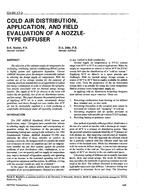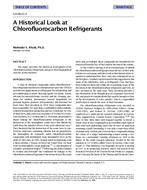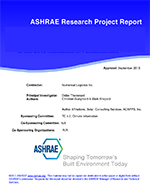With the recent advancements in the application of variable-speed (VS) compressors to residential HVAC systems, opportunities are now available to size heat pumps (HPs) to more effectively meet heating and cooling loads in many of the climate zones in the US with limited use of inefficient resistance heat. This is in contrast to sizing guidance for traditional single-speed HPs that limits the ability to “oversize” with regard to cooling loads, because of risks of poor dehumidification during the cooling season and increased cycling losses. VS-drive HPs can often run at 30-40% of their rated cooling capacity to reduce cycling losses, and can adjust fan speed to provide better indoor humidity control.
Detailed air-side performance data was collected on two VS-drive heat pumps installed in a single unoccupied research house in Knoxville, TN, a mixed-humid climate. One system provided space conditioning for the upstairs, while the other unit provided space conditioning for the downstairs. Occupancy was simulated by operating the lights, shower, appliances, other plug loads, etc. to simulate the sensible and latent loads imposed on the building space by internal electric loads and human occupants according to the Building America Research Benchmark (2008). The seasonal efficiency and energy use of the units are calculated. Annual energy use is compared to that of the single speed minimum efficiency HPs previoiusly tested in the same housey. Sizing of the units relative to the measured building load and manual J design load calculations is examined. The impact of the unit sizing with regards to indoor comfort is also evaluated.
Citation: ASHRAE Papers CD: 2014 ASHRAE Annual Conference, Seattle, WA
Product Details
- Published:
- 2014
- Number of Pages:
- 10
- File Size:
- 1 file , 2.5 MB
- Product Code(s):
- D-SE-14-C022


